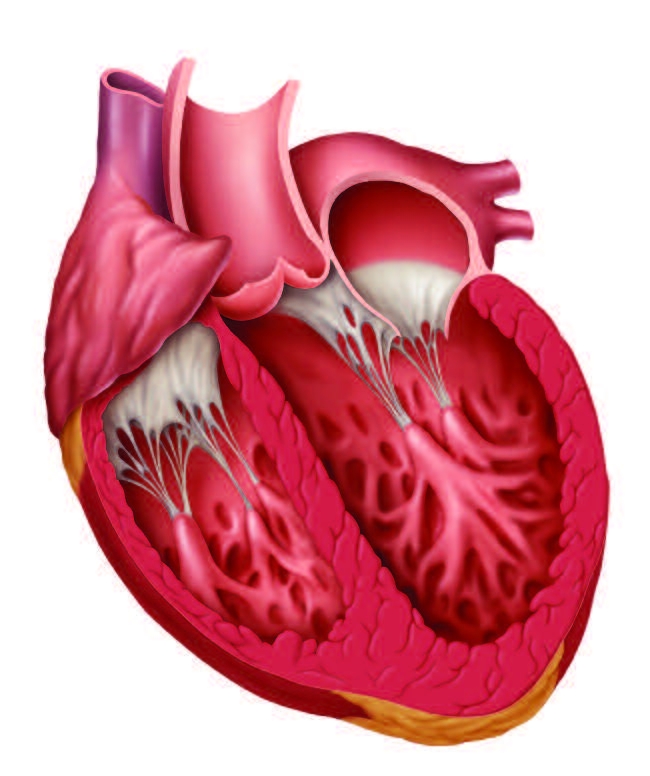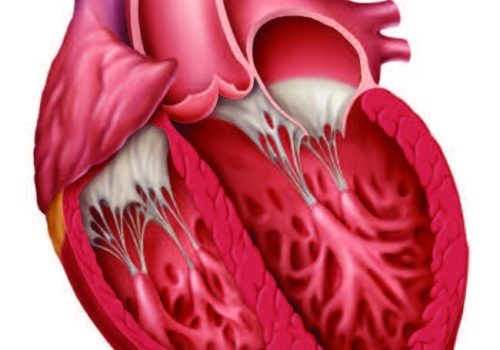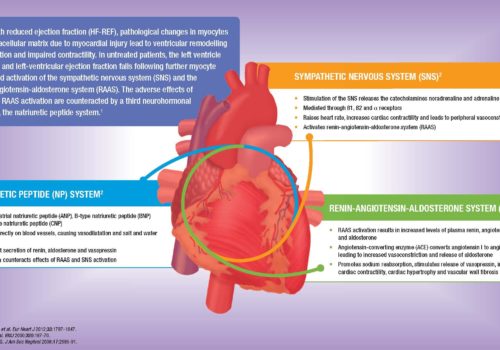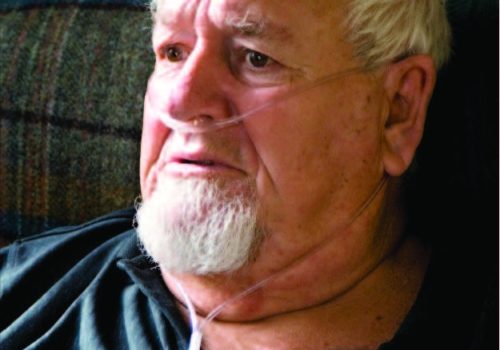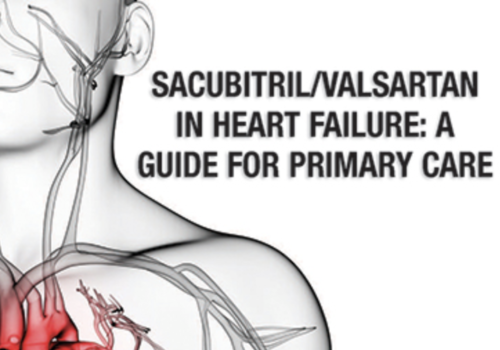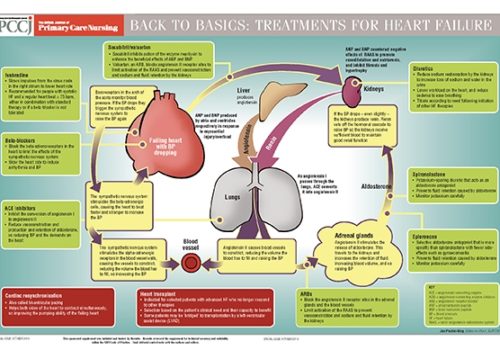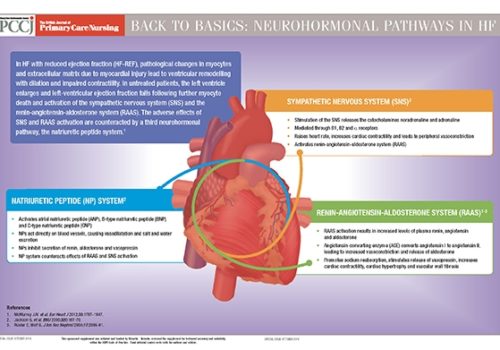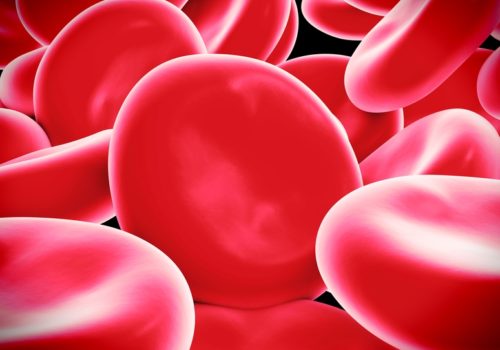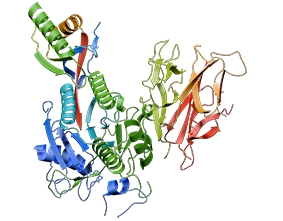The mechanisms underlying HF are complex and involve the interaction of many hormonal and molecular signalling pathways. These pathways form the basis of many pharmacological treatments, old and new. This article will examine the factors associated with the development of HF, the pathophysiology behind it and the neurohormonal pathways involved in established HF.
Back to Basics: The neurohormonal system in the pathophysiology of heart failure
This useful Back to Basics poster describes the damaging changes that take place in three key body systems when HF with reduced ejection fraction is left untreated. The sympathetic nervous system, the renin-angiotensin-aldosterone system and the natriuretic peptide system all undergo significant pathophysiological changes as HF progresses.
Heart failure in the UK: We can do better
The UK faces an epidemic of heart failure (HF). NICE guidelines emphasise the importance of multidisciplinary assessment and care by HF specialists, evidence-based prescribing, and careful discharge planning after hospitalisation. This article highlights areas where improvements can be made in the management of HF including taking lessons from the latest National Heart Failure Audit.
Sacubitril/valsartan in heart failure: A guide for primary care
This issue introduces a first-in-class oral treatment for heart failure – sacubitril/valsartan. It provides a comprehensive background to heart failure treatment in the UK, the pathophysiology of the disease and the pivotal trial data on the new drug. Articles give perspectives on the role of the GP, practice nurse, pharmacist and commissioner in using the […]
Back to Basics: Heart failure treatments: mechanisms of action
A number of drug classes are used in the treatment of patients with heart failure. This illustrated Back to Basics poster describes the various drugs and their mechanisms of action to give health care professionals and their patients a greater understanding of heart failure management and where sacubitril/valsartan fits into the picture.
Back to Basics: The neurohormonal system in the pathophysiology of heart failure
This useful Back to Basics poster describes the damaging changes that take place in three key body systems when HF with reduced ejection fraction is left untreated. The sympathetic nervous system, the renin-angiotensin-aldosterone system and the natriuretic peptide system all undergo significant pathophysiological changes as HF progresses.
Improving anticoagulation in patients with atrial fibrillation
A new case study shows the significant reduction in atrial fibrillation-related stroke incidence achieved using the GRASP-AF audit tool. The case study, highlights improvements in key measures including a 4% reduction in the number of patients treated inappropriately, a 5% increase in the use of oral anticoagulation therapy and a 10% reduction in AF-related strokes.
New international survey highlights education needs in cholesterol management
The European Atherosclerosis Society has conducted a survey to assess the general public’s understanding of cholesterol. Professor Mike Kirby summarizes the survey findings and highlights the importance of a clear and constant focus on the JBS3 2014 consensus recommendations.
PCSK9 inhibition in lipid management
Two injectable antibody-based therapies inhibiting the activity of PCSK9 – alirocumab and evolucumab – have recently been licensed. This paper reviews the current status of lipid management, the actions of PCSK9, and the clinical trial results achieved with PCSK9 inhibitors in early studies.
Promoting best practice in COPD management
Chronic Obstructive Pulmonary Disease (COPD) has a major impact on the health and quality of life of patients and there is often co-morbidity with cardiovascular disease. Well planned and structured training for the primary care team could have a major impact on outcomes.
Seasonal variation of HbA1c in diabetes
The time of year is one of a number of factors shown to affect HbA1c levels. This study investigated seasonal variations in HbA1c in a large population of people with diabetes in Scotland. These variations appear to have clinical significance in terms of making medication decisions and other aspects of clinical care.
The ‘Year of Care’ in Leeds: Implications for our practice
The ‘Year of Care’ is a systematic approach to managing long-term conditions, focused on personalised care planning where patients work with the clinician to agree goals, identify support needs, develop and implement action plans, and monitor progress. This article reports the learning from implementing ‘Year of Care’ in primary care practices in Leeds.

